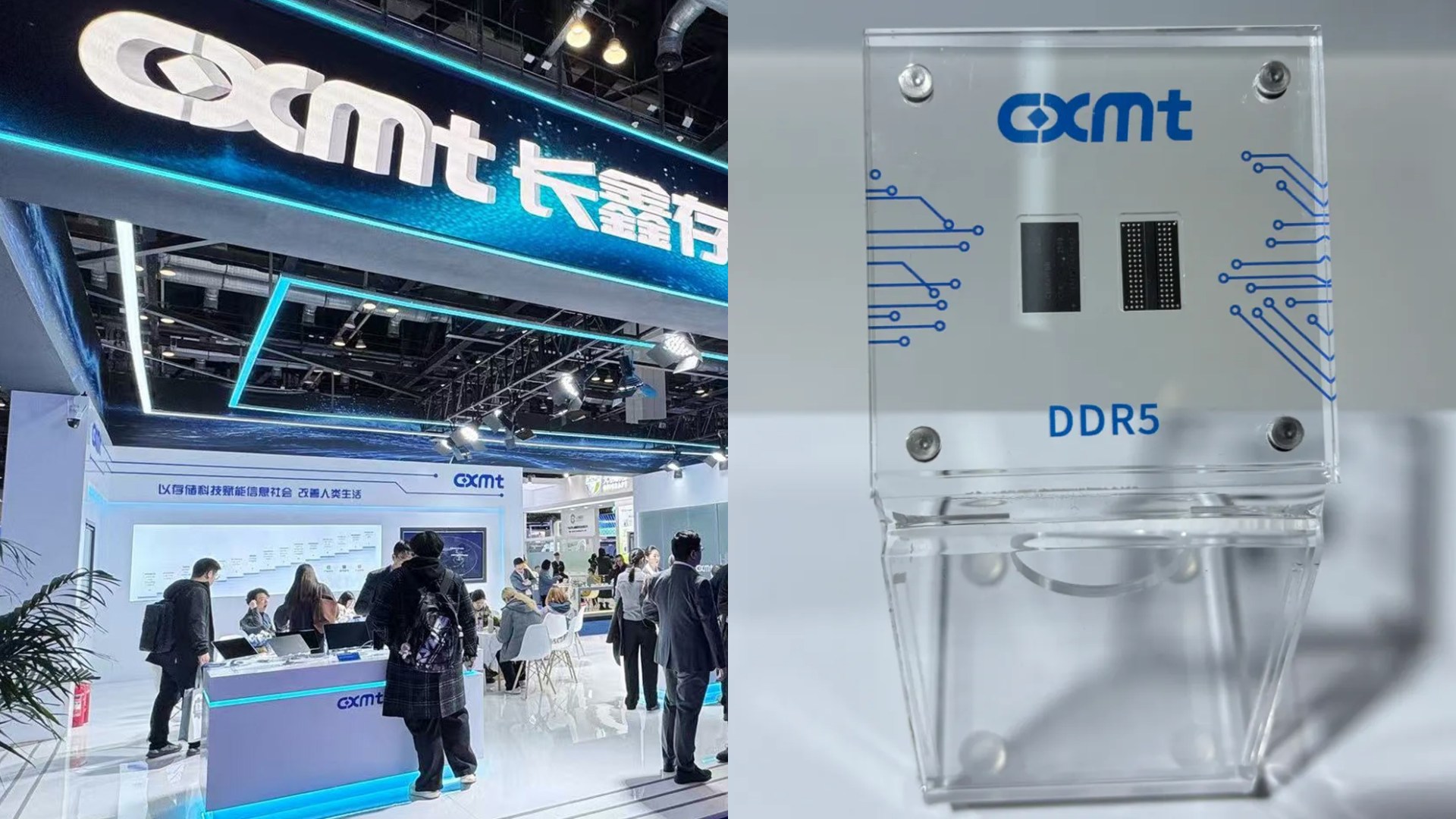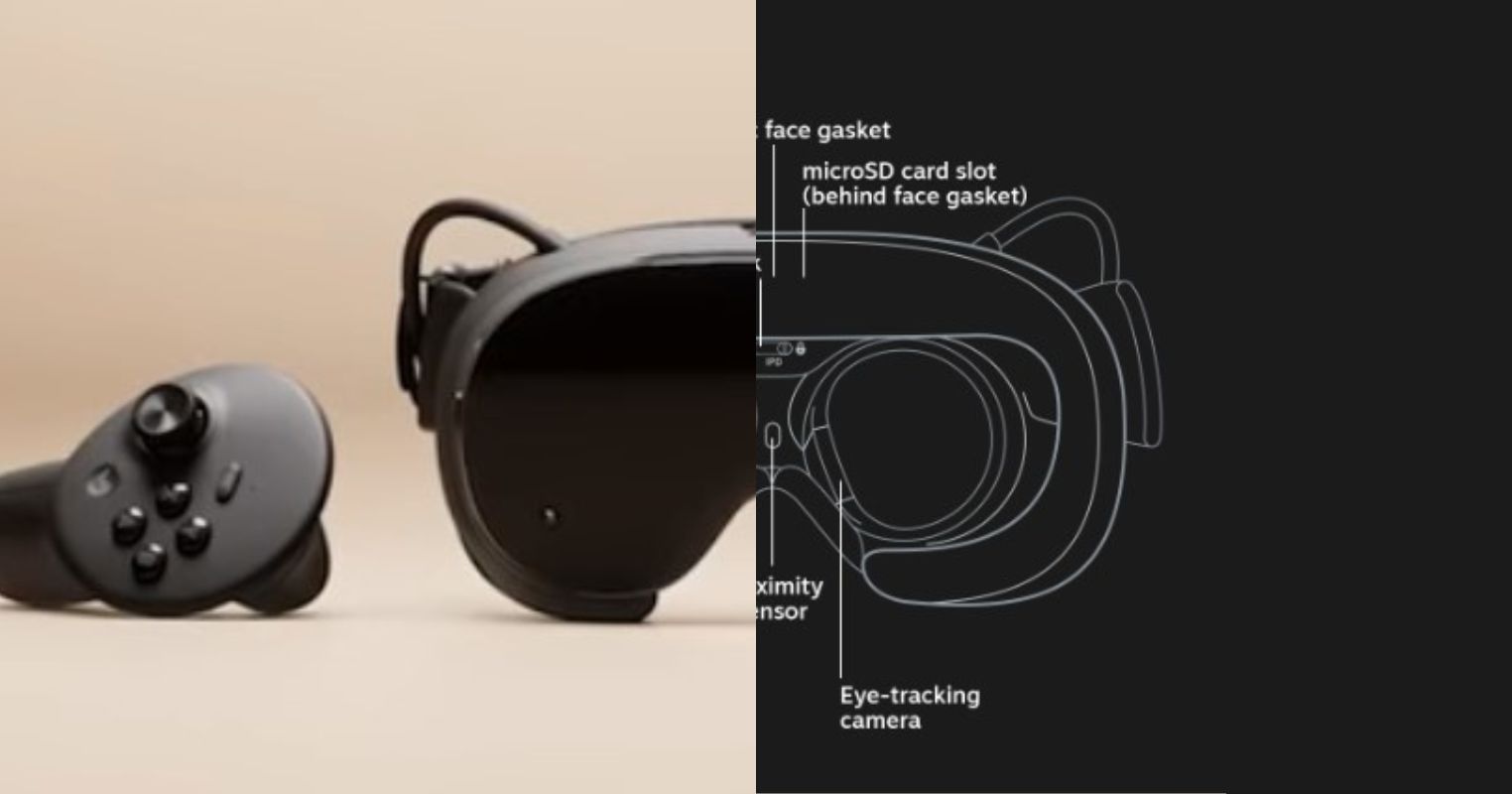- Screen savers used to be a lot more prevalent in CRT monitors to prevent permanent burn-in; however, they are nowhere to be seen in modern displays.
- LCDs and LEDs aren’t as susceptible to burn-in as CRT monitors, which means that they don’t necessarily require screen savers.
- Modern OLED panels might actually benefit from screen savers; however, most people simply use sleep or hibernate modes instead.
Just a couple of years ago, every idle monitor had a screen saver running. Things have changed a lot since then, and with the emergence of newer display technologies such as LEDs and LCDs, these screen savers have pretty much disappeared. That said, there is a good reason for their sudden decline in popularity.
CRTs Needed Screen Savers
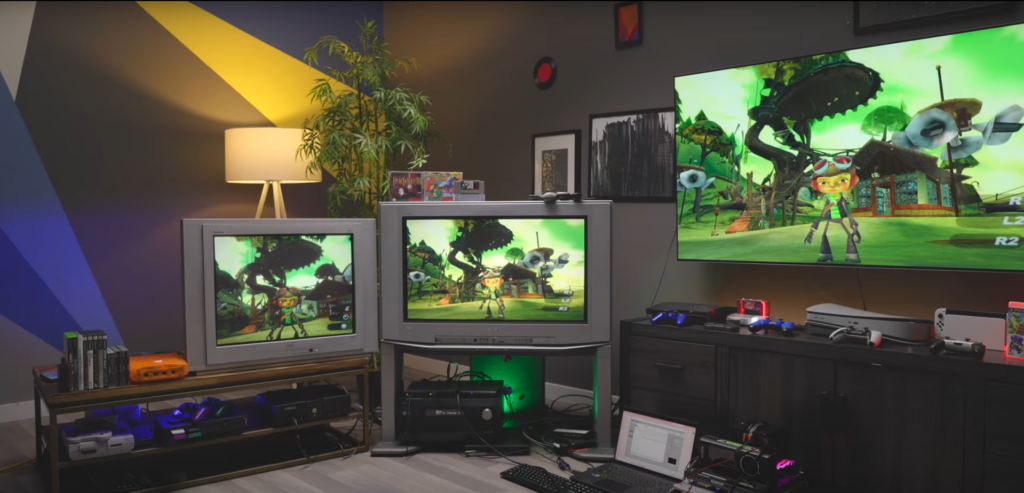
Cathode Ray Tube Displays (CRTs) used screen savers as a means to avoid permanent burn-in. Since these displays used phosphor-based technology, exposure to a static image for an extended period of time would lead to the phosphors degrading unevenly across certain parts of the screen. That, in turn, would lead to a permanent screen burn-in.
What’s more, the only way to solve the issue was to simply purchase a newer display. In order to combat this, screen savers were quickly brought to most of these displays, displaying non-static videos to avoid the uneven degradation of phosphors.
LCDs Came To The Rescue
LCDs ditched the phosphor-based technology that CRTs were based on, opting for a “Liquid-Crystal layer” instead. This resulted in burn-in becoming extremely uncommon among these displays, and with that, the need for screen savers also essentially vanished.
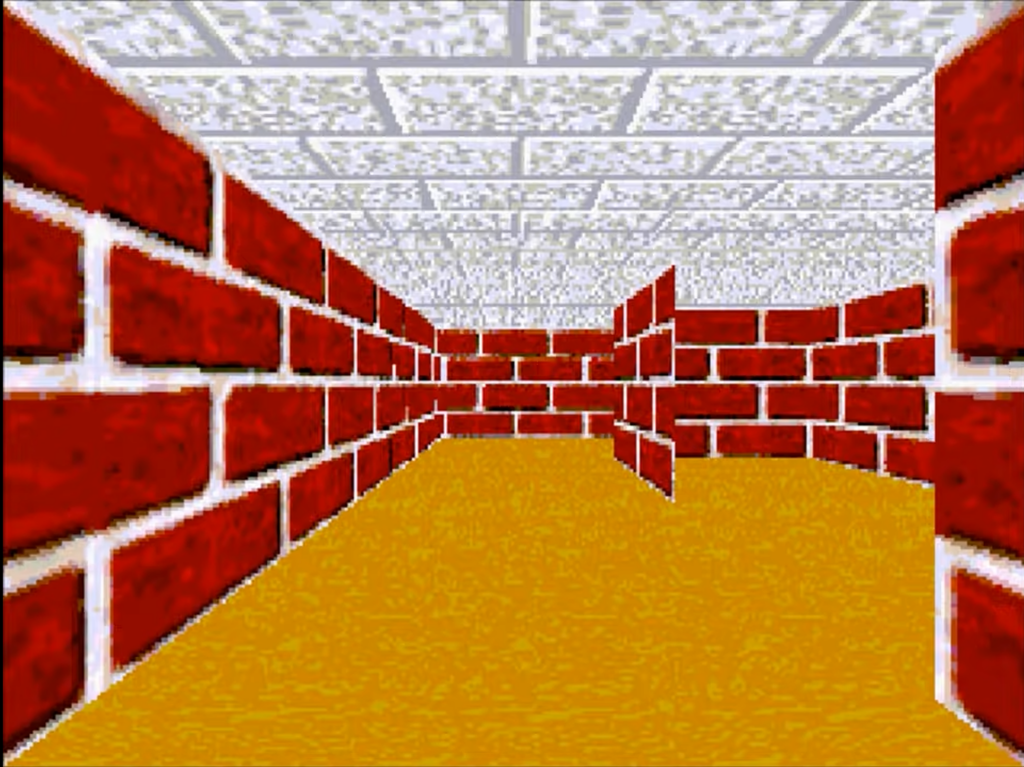
Naturally, screen savers didn’t just disappear as soon as LCD panels came into the scene. In fact, they stuck around for quite some time, especially since most people were so used to having a screen saver on.
That, combined with the distinctive aesthetic of some of these screen savers allowed them to stay relevant even after LCDs were introduced. I mean, who wouldn’t want cool effects like the 3D maze as screen savers?
Still Needed For Modern Displays?
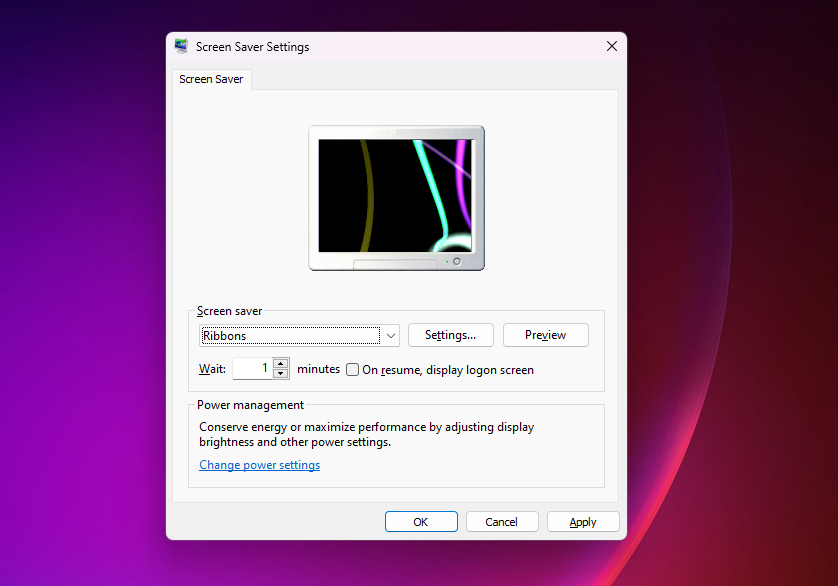
As I mentioned previously, screen savers are no longer required to extend the lifespan of modern displays; however, are they even beneficial in any way for modern display technologies? After all, there is an option to turn on screen savers on Windows 11. Well, technically, yes.
Now that OLED panels have become prevalent for monitors, screen savers can still be useful tools since OLED screens are a lot more susceptible to burn-in when compared to LED/LCDs.
In fact, YouTube has recently incorporated a built-in screen saver for their TV app, which can be useful for OLED panels. Despite the actual use case, most people don’t go out of their way to get a screen saver, even if they are utilizing an OLED display.
That’s because users have gravitated towards using the PC’s “sleep” option instead of opting for a screen saver. Sure, screen savers do look a lot cooler, but having your screen completely turned off simply sounds like a better option, especially considering the power draw of modern displays.
Almost Obsolete In 2024
Screen savers have noticed a huge decrease in popularity over the last decade, and I expect that trend to continue moving forward. While modern OLED panels might even benefit from screen savers, sleep and other power-saving options seem to be preferred a lot more by most users.
Thank you! Please share your positive feedback. 🔋
How could we improve this post? Please Help us. 😔
[CPU Coolers & RAM Expert]
Hayyan Serwer is a tech enthusiast, with a love for PC building and article writing. Hayyan specializes in writing about CPU coolers and RAM kits. Hayyan has been familiar with the tech industry for over half a decade now, and has now stepped into providing quality reviews for the latest and greatest tech.
Get In Touch: hayyan@tech4gamers.com


 Threads
Threads